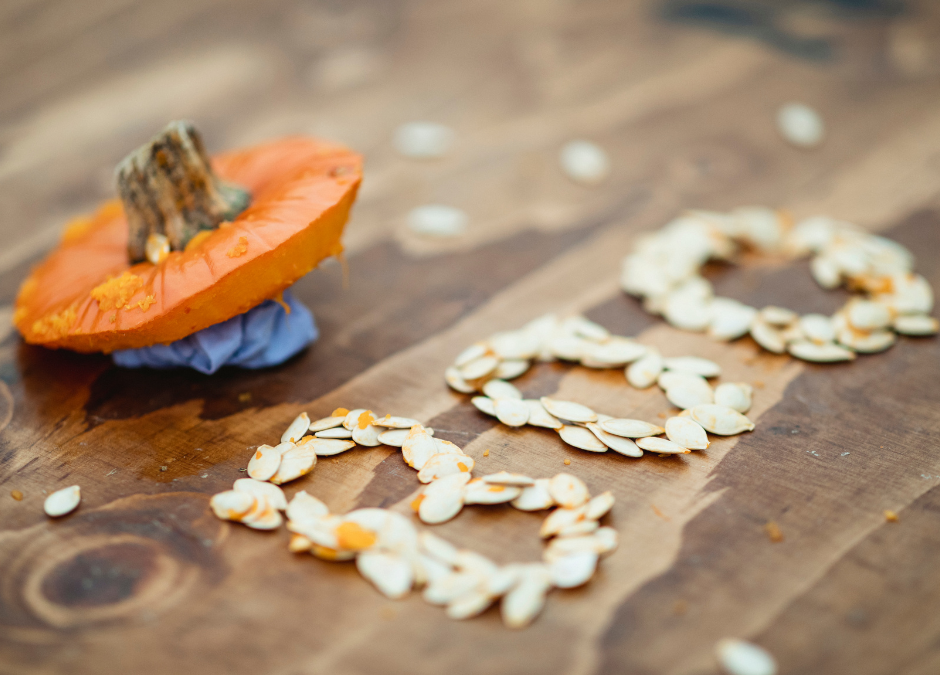Keum Boo, … euhm boo? No, ‘Keum boo’, a Korean technique!
Sometimes it is also spelt as kum-bu. Literally translated it means “attached gold”.
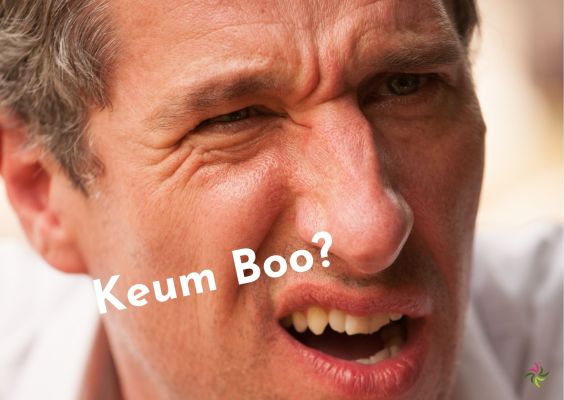
Keum boo is a Korean technique of applying 24 carats of gold to silver, and is used in many different cultures (both in Japan and China, but also in the West where historically they mainly applied gold to iron, steel and copper with this technique).
There are few historical records in the West of gold being applied to silver using the same methods used in Asia, although there are many Roman and Greek artefacts which, on re-examination in recent years, appear to have been gilded in this way.
The Keum Boo method can also be used to make 24 carat gold adhere to itself, and to apply gold foil to other standard and coloured gold alloys, palladium, white gold, platinum and silver.
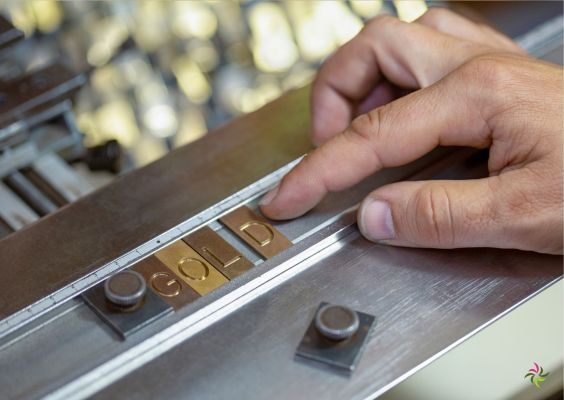
There are different versions of the procedures worldwide.
I myself have experimented with applying a layer of gold to sterling silver. First a number of grains of pure gold (24kt) are melted and then crushed and rolled – glowing in between – until a very thin layer remains (gold foil). We have to make this very thin, we speak of micrometers (.001 mm). When using gold foil that is too thick, the adhesion will not work properly.
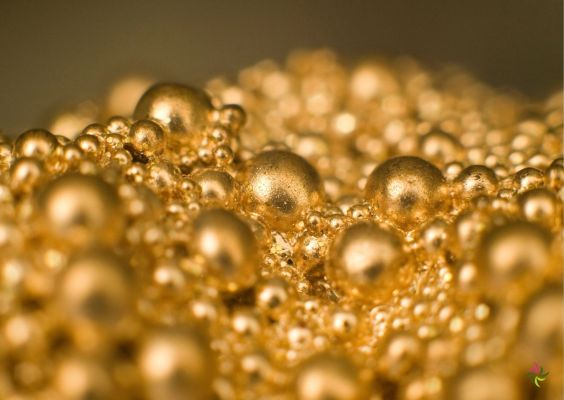
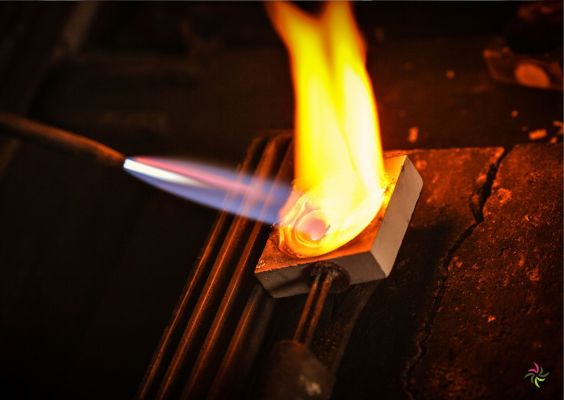
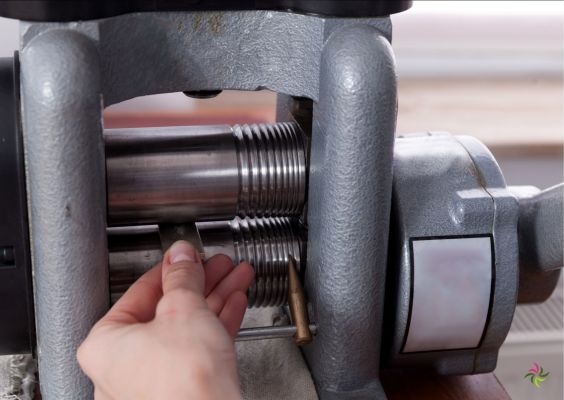
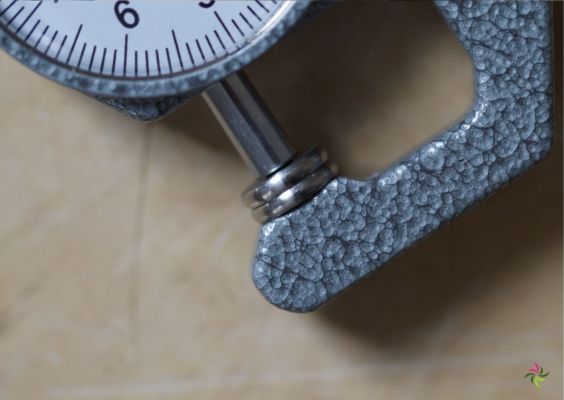
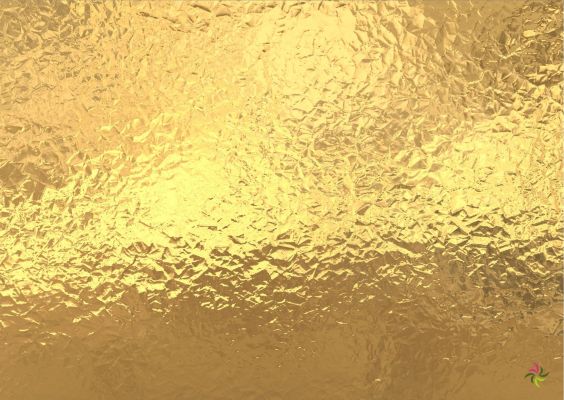
The silver must be heated several times, then quenched in water and scrubbed with pumice powder. This brings out the fine silver, giving it a white colour.
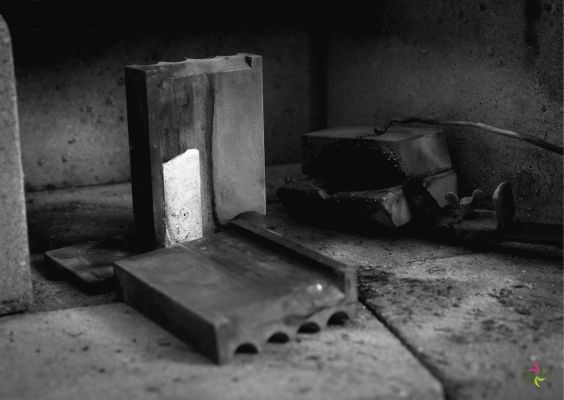
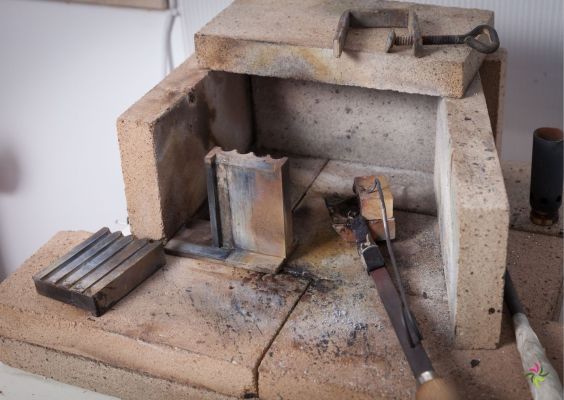
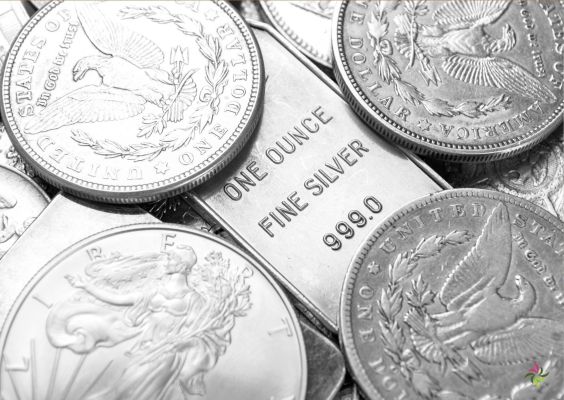
Then the piece of silver is placed on a hotplate and heated. The thin gold foil is placed on the object and then rubbed over the silver with a brunette stick. The gold will not adhere until the right temperature has been reached. A kind of chemical reaction occurs between both metals.
The theory about the mechanism by which Keum-boo works is as follows:
From a certain temperature, the thin gold foil allows oxygen atoms to pass through and is actually used as a filter material for gases in some industrial applications. Theoretically, when the gold is thin enough, it allows oxygen to pass through and creates oxygen-free conditions with pressure (polishing) in contact with the silver (or other metal) underneath – allowing pressure welding to take place.
With some metals you may notice as a colour or temperature indicator that the metals oxidise bright blue before the gold will bond.
Gold shows changes in its electron rings at about 350°C (650°F). One can say that this corresponds to the dissolution of a gold oxide present on the metal surface. This is the temperature range where steel turns bright blue and gold foil sticks to the base metal.
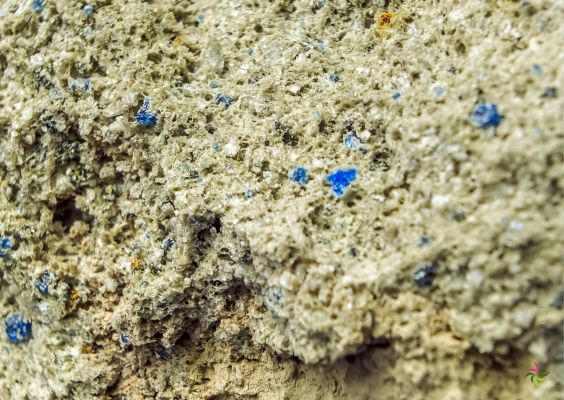

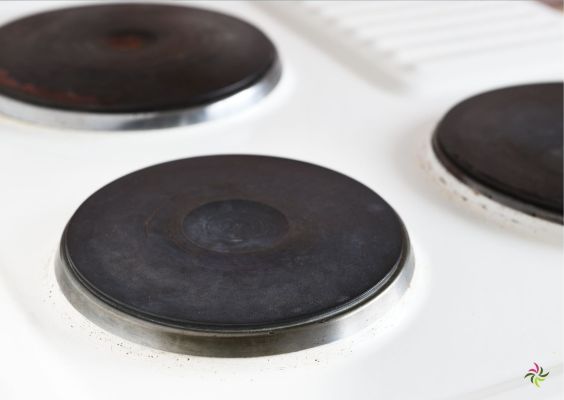
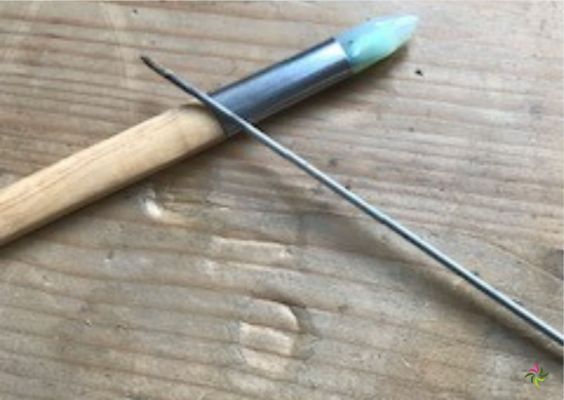
Koreans generally use Keum-boo only on the finished item, but if the adhesion is good, sheet metal with applied gold patterns can be prepared and rolled for later use in processing. Any soldering or heating will not affect the keum-boo. If the gold is very thin (enamel foil) or if the silver is heated excessively, there is the possibility of gold diffusion and absorption by the silver and everything from an increase in pallor and greenness to a fading due to total absorption. If small bubbles form, you can flatten them out again with the aid of your fingernail or a brass rod so that they disappear. If they are large, you can prick the middle with a pin and heat the metal again to repeat the keum-boo procedure and thus fix the gold foil in place.
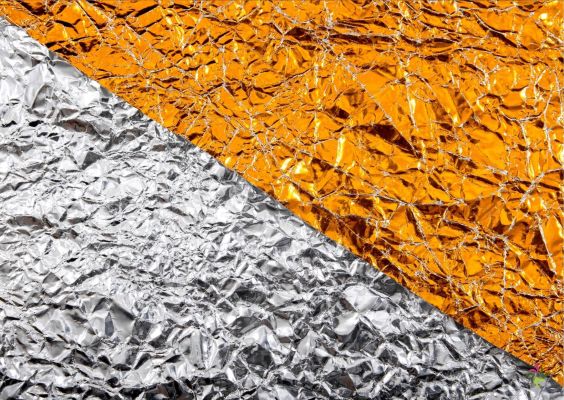
Thin gold foils can be applied in this way to platinum, palladium, white gold and other gold alloys, offering colour and pattern possibilities for gold jewellery and objects.
Because of the ease with which keum-boo can be done, it offers a very controllable method of developing patterns with gold on other metals.
To increase the contrast with the gold and silver, the object can be stained black (darkened) with a potassium sulphide solution. In doing so, the 24 carat material remains bright gold against the ‘darkened’ silver. In this way one can obtain beautiful variations and compositions of white, (far) black silver and golden yellow.
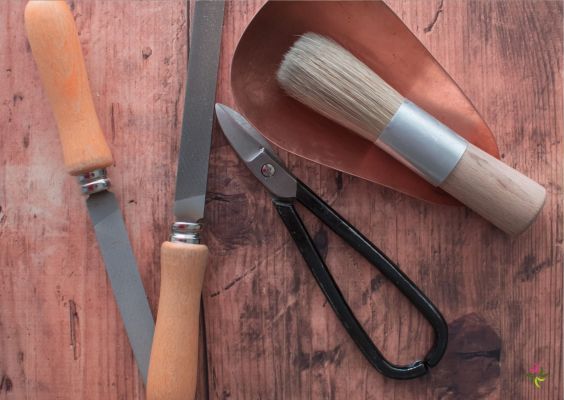
Everything is then finished off on the goldsmith’s bench to create a fine piece of jewellery.
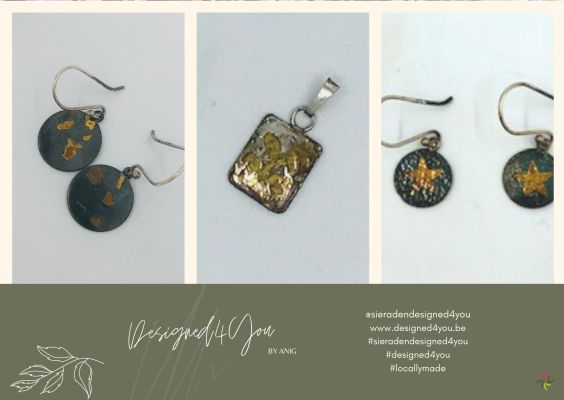
Bibliography:
Lewton-Brain, C. (2017, 3 november). Keum-Boo Technique – Ganoksin
Jewelry Making Community. Ganoksin.

